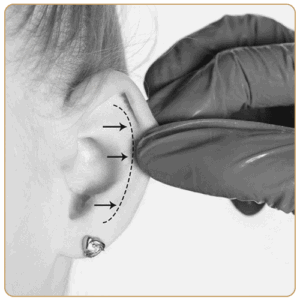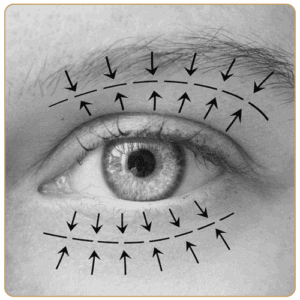Facelift surgery, also known as rhytidectomy, is a popular cosmetic procedure sought by individuals looking to achieve a more youthful appearance and address signs of aging. One common concern among those considering a facelift is the potential for visible scars. In this blog post, we will explore the topic of facelift scars, addressing common questions and shedding light on the reality of scarring after this procedure.
Scarring is an inherent aspect of any surgical procedure, including facelifts. However, with advancements in surgical techniques and meticulous incision placement, skilled plastic surgeons strive to minimize visible scarring and achieve natural-looking results. It’s important to remember that every individual’s healing process is unique, and factors such as genetics, skin type, and the surgeon’s skill can influence the appearance of scars.
During a traditional facelift, the surgeon typically makes incisions in inconspicuous locations, such as within the hairline, around the ears, and along natural creases and contours of the face. This strategic incision placement aims to minimize the visibility of scars, as they can be easily concealed within the natural folds of the skin. In cases where laser or endoscopic techniques are utilized, smaller incisions may be made, further reducing the potential for noticeable scarring.
Following the surgery, proper post-operative care and adherence to the surgeon’s instructions are crucial to optimize healing and minimize the appearance of scars. This may include keeping the incision sites clean, avoiding excessive sun exposure, and using scar management techniques such as silicone sheets or gels to promote optimal healing.
It’s important to note that while efforts are made to minimize scarring, some degree of scarring is inevitable after a facelift. However, with time, scars typically fade and become less visible. Most patients find that the benefits of a rejuvenated, refreshed appearance far outweigh the minimal scarring that may be present.
It’s essential to have open and honest discussions with your plastic surgeon during the consultation process to address any concerns you may have about scarring. A skilled and experienced surgeon will provide you with realistic expectations and personalized guidance based on your unique circumstances.
In conclusion, while it is true that a facelift procedure involves incisions and the potential for scarring, modern surgical techniques and proper post-operative care can significantly minimize visible scarring. With the guidance of a skilled plastic surgeon and a commitment to following post-operative instructions, individuals can achieve natural-looking results with minimal scarring and enjoy the rejuvenating benefits of a facelift.










